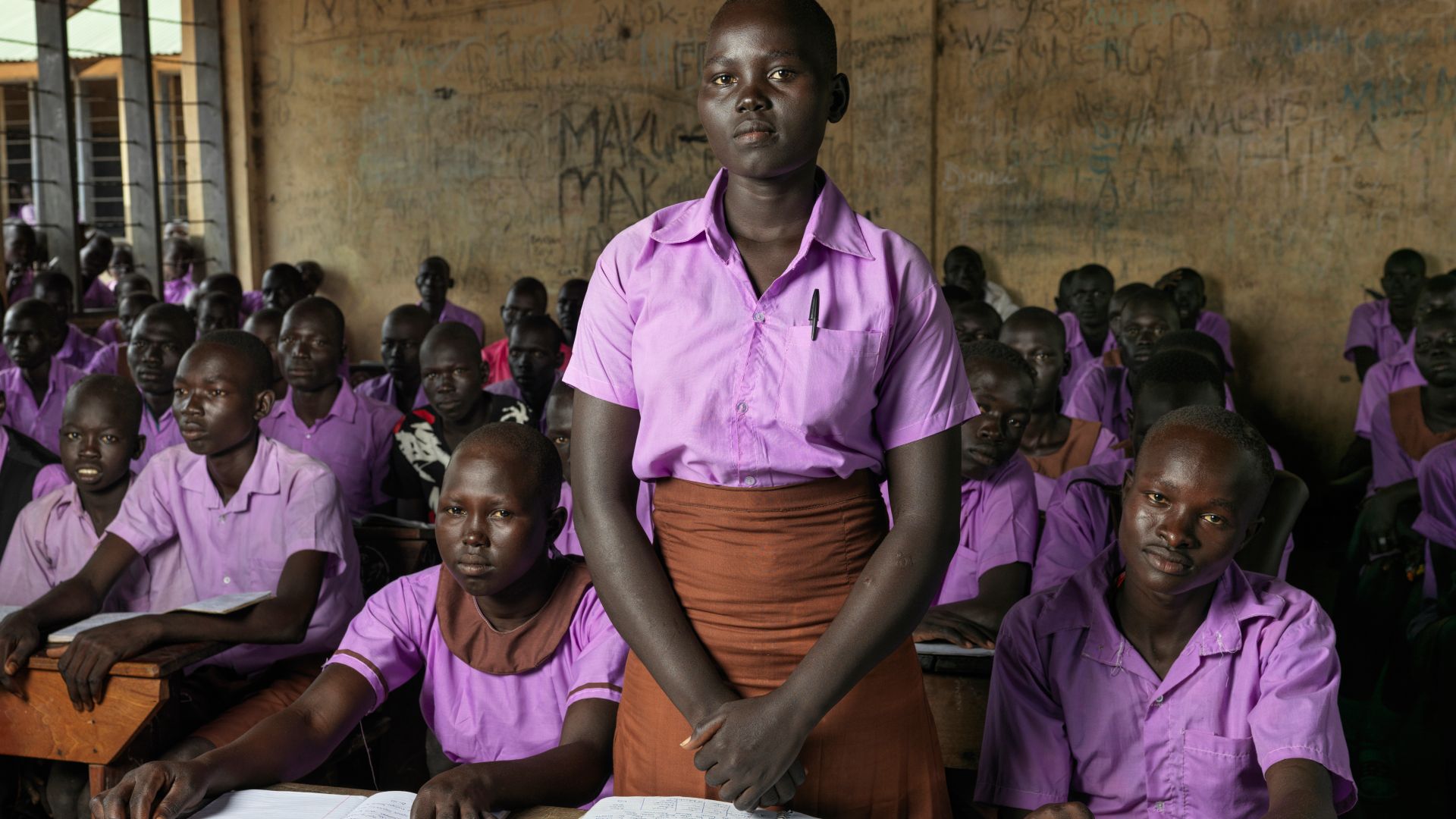'Girls have less food to eat'
Hungry and out of school in South Sudan.
Rumbek, South Sudan - “There are times when I feel so hungry that I think going to school would be a waste,” says 15-year-old Martha*, as she packs her maths textbook into her school bag when the bell sounds for recess. “Some days I stay at home,” she admits.
On a normal day, her primary school in Rumbek in South Sudan’s Lakes State welcomes thousands of children. The concrete classrooms are usually packed with pupils in matching brown and bright purple uniforms.
However, lately, fewer children have been arriving each day. Many, especially girls, are staying at home instead as the country struggles to cope with rising hunger levels. Some are urged to help as their parents go out in search of food, while others eat less so the men and boys in the family get more of what little there is.
South Sudan, the world’s youngest country, has faced multiple hunger crises throughout its 11 years of independence. Currently, about 7.7 million people, or 63 percent of the population, face acute food insecurity.
The crisis is due to a combination of factors including the effects of COVID-19, years of climatic shocks (floods, dry spells, and droughts), and conflict, which is forcing families to flee their homes. This has left the nation ranked among the world’s hungriest countries.
This year, the problem is exacerbated by critical aid funding shortages, in part due to rising global food prices because of the war in Ukraine - shortages that have forced NGOs to cut back food distributions and school meal programmes. Ukraine is a major exporter of grain, wheat, corn and sunflower oil, but as Russia’s invasion blocked shipments, global food supplies dwindled and prices rose. Although a deal was recently reached to unblock some ports, the global effects of the shortages are already being felt.
